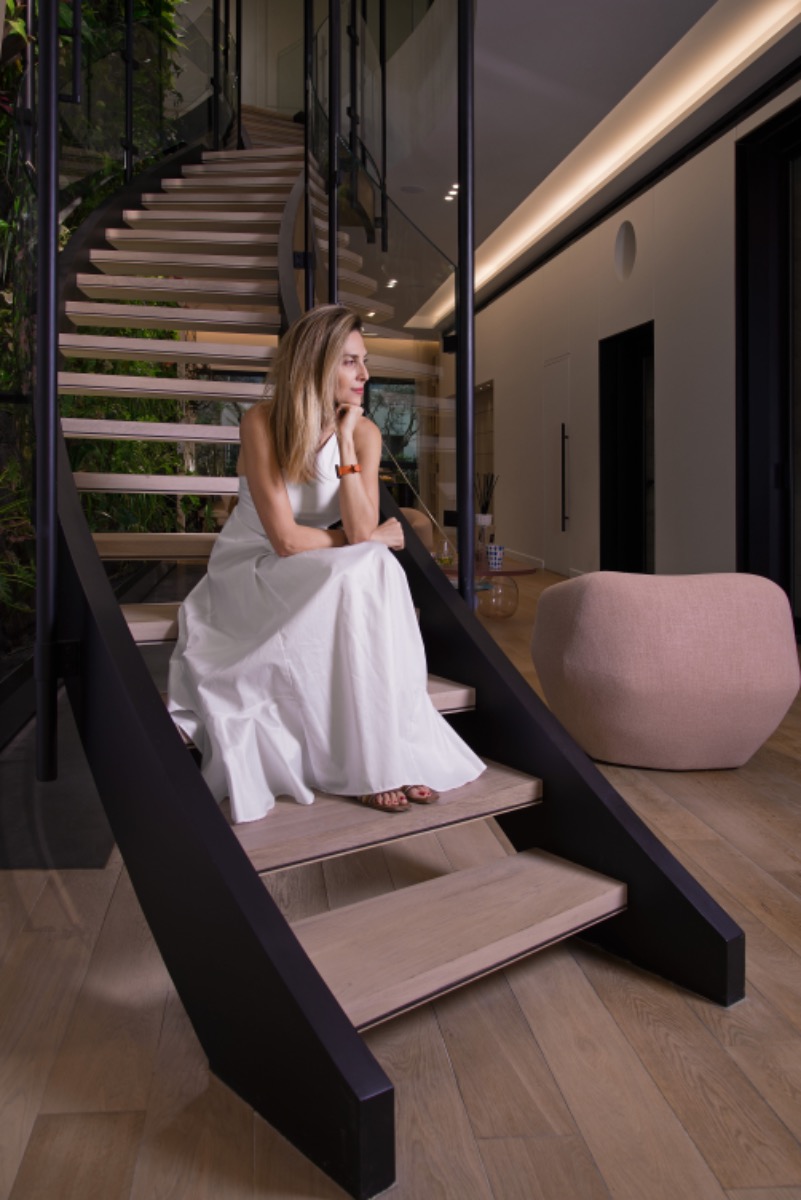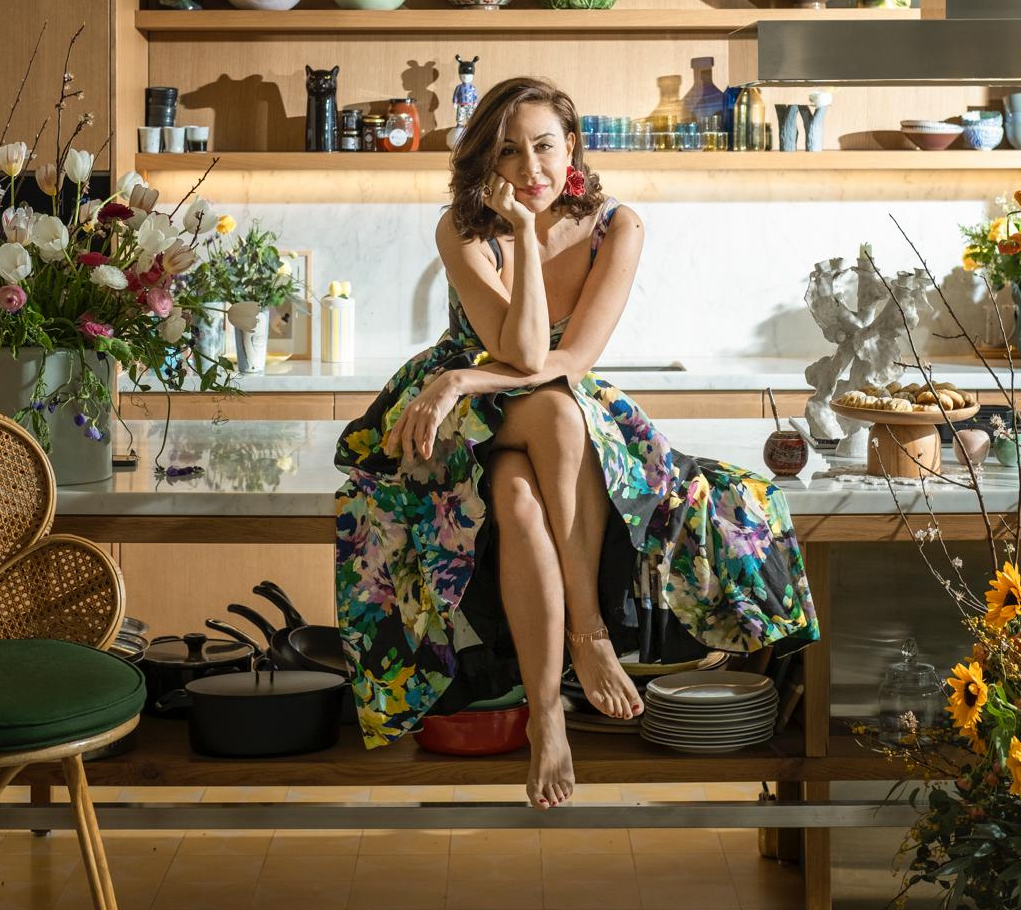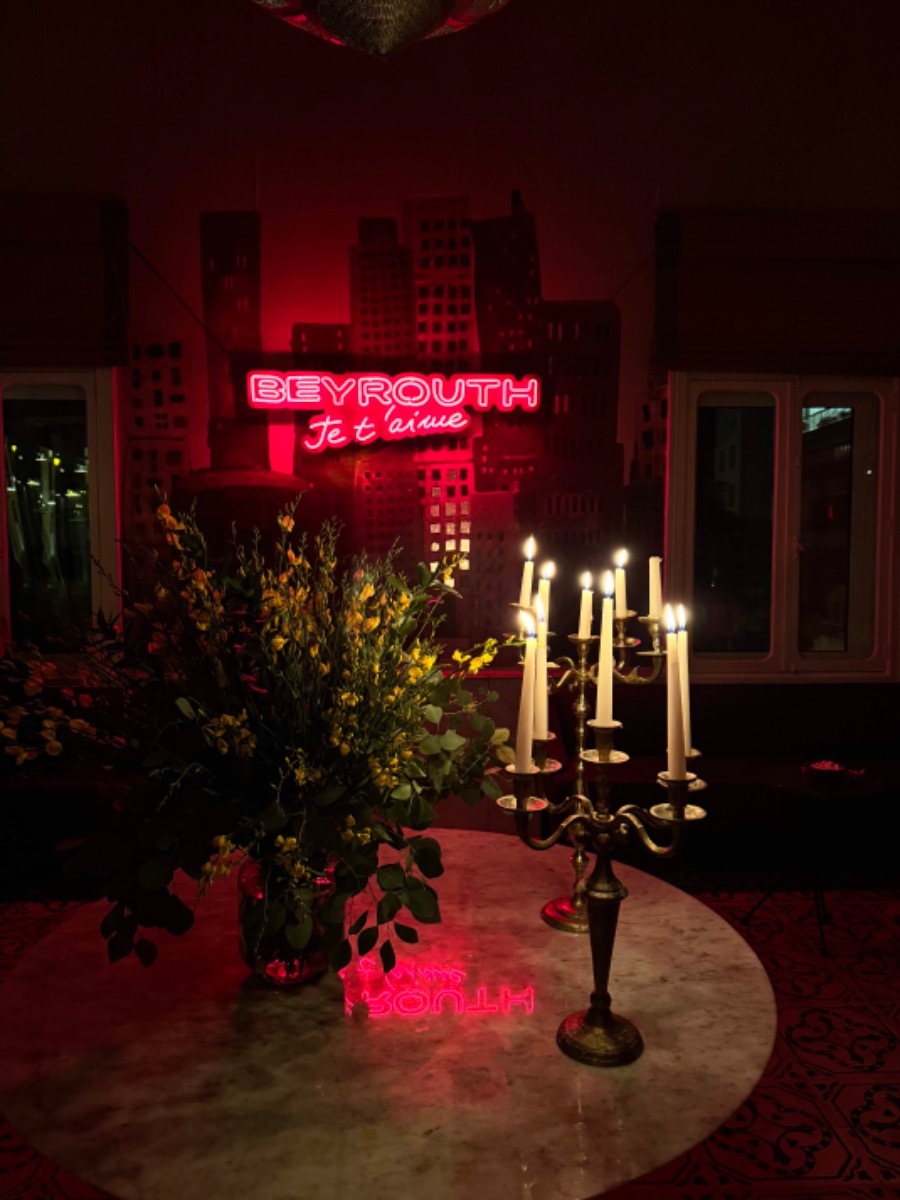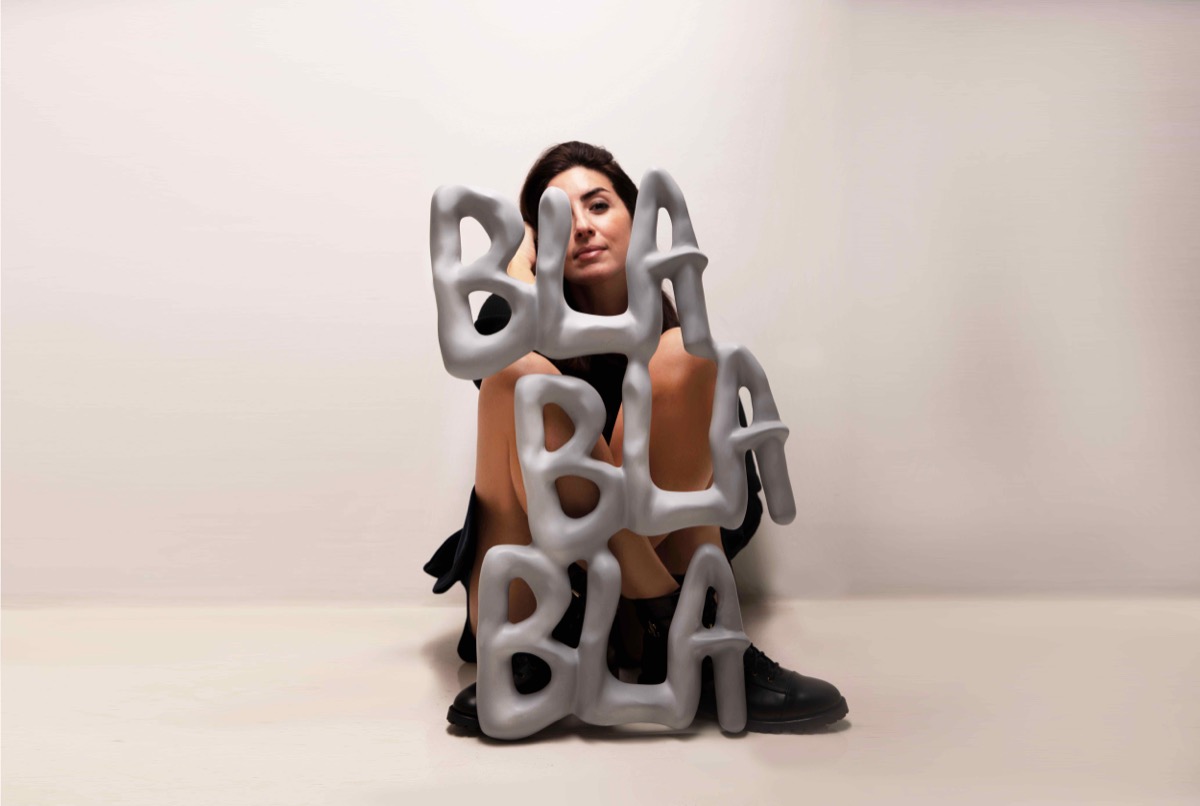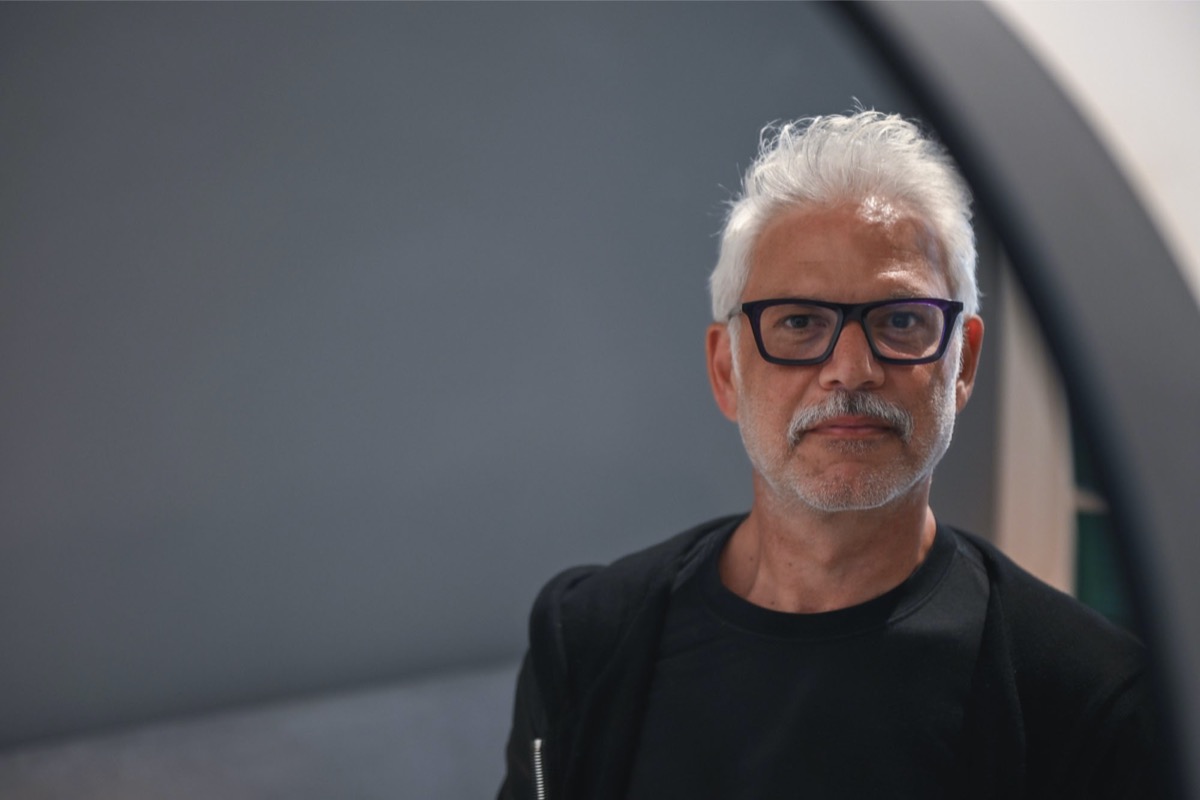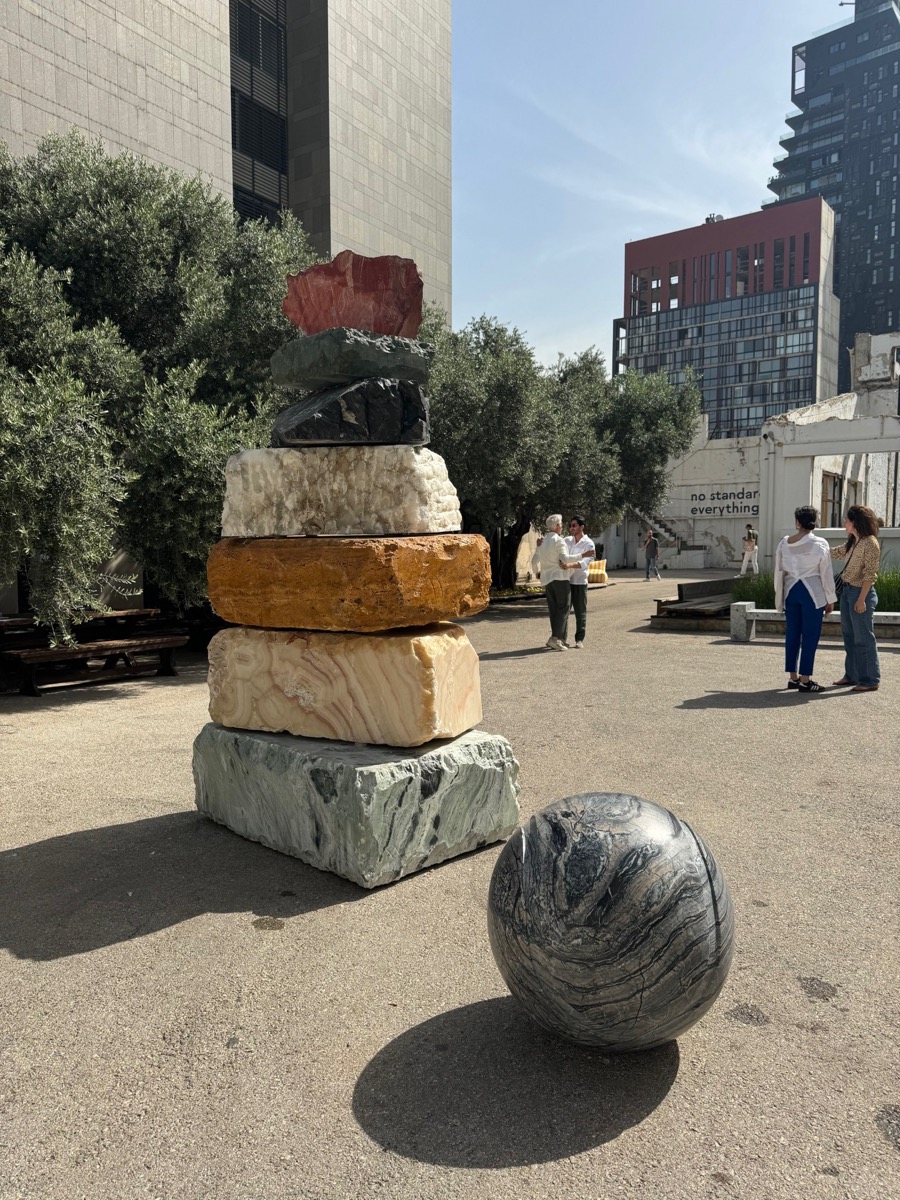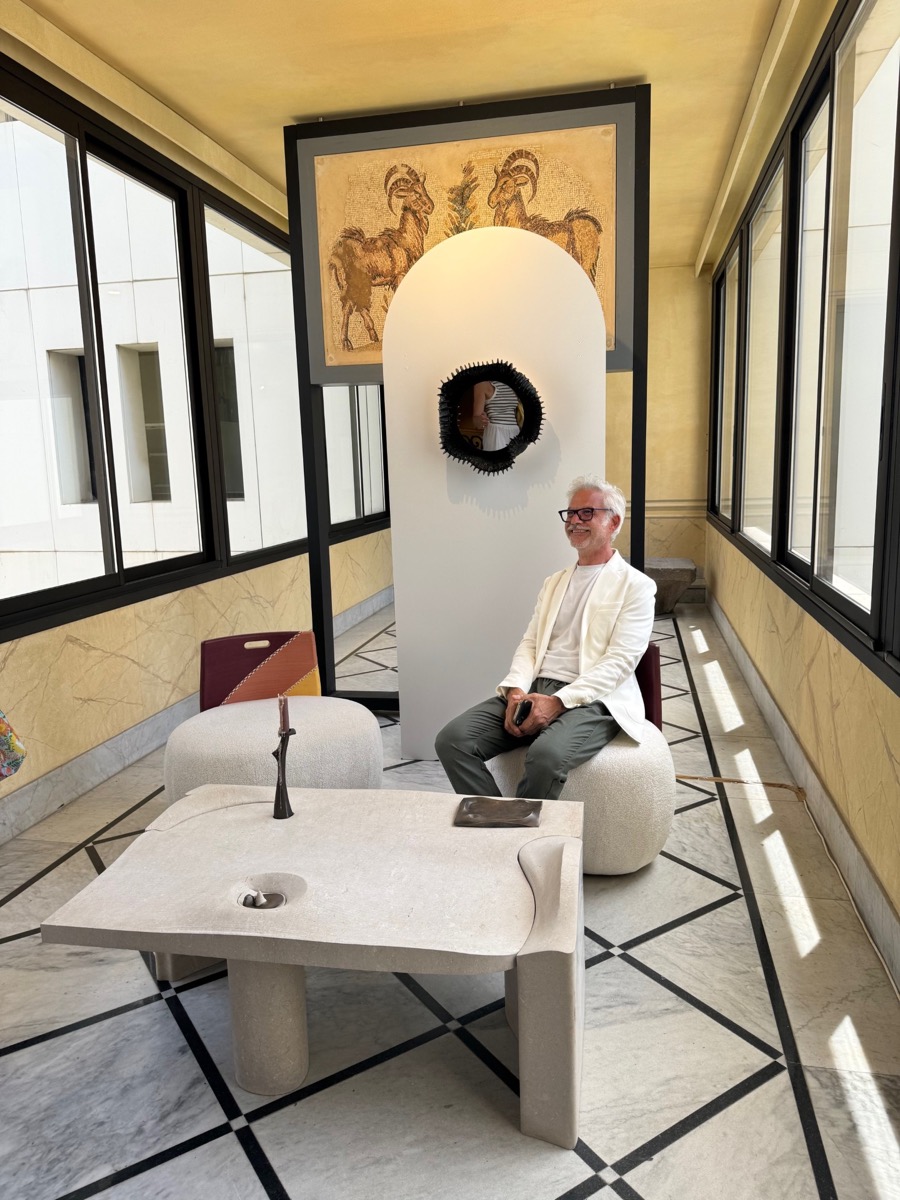Glamouria - Samer Alameen: "Success is a Ladder that You Climb Slowly" By Hayat Ammouri
Glamouria

We Design Beirut's Samer Alameen speaks to Glamouria about Beirut and its fragile situation, and how to build a better future for the upcoming generation of designers.
What’s your role in We Design Beirut?
The strength of We Design Beirut is that it’s a WE project/mission. We all together as a team managed to develop this design experience. When Mariana first approached me with the project, the name she had developed sounded like a call for action and that was our inspiration to develop the 3 pillars:
We Empower our artisans and their craft.
We Preserve our Heritage and design culture.
We Sustain our society and our future.
Every pillar is a platform and an exhibition in its identified hub: Design/Craft/sustainability.
We Design Beirut is not just a fair or a design week, it’s a design experience that is building long term foundations based on the 3 fundamental pillars.. These pillars required different collaborations with curators, architects, advisory board and consultants both local and international....
What are you most excited about?
Beirut is known for its rich culture and resilience. Showcasing its talent, creativity, and unstoppable energy to the world would be a fantastic way to celebrate its unique spirit and inspire others.
How are architects, designers, etc.. surviving the situation in Lebanon?
The whole world has gone through massive changes in the past few years, however Beirut in addition has suffered from the economic crisis and the Biggest non-nuclear explosion in the world. We Design Beirut has the potential to not only revitalise the creative industry but to also contribute to the overall recovery to the city. By fostering collaboration and innovation, you can help rebuild and showcase Beirut’s strength and creativity to the world.
How do you think we can help them and what do they need the most?
Connections, collaborations, exposure are all elements that help architects and designers building their careers.
I see beautiful ties between Italy and We Design Beirut. How did these collaborations come to life?
I have been living in Milan for almost 12 years, which gave me a huge exposure on design, design fairs, exhibitions and curators. I used this experience and these connections for the benefit of Beirut and We Design Beirut. These collaborations add credibility, and open new doors and opportunities. Linking We design Beirut from its first edition with Italian architects, curators and institutions like Fondazione Cologni and Triennale Museum adds a serious layer to the design experience.
What’s your ideal outcome or goal from We Design Beirut?
To create awareness on the fragile situation of our artisans and their important role in our life and economy. To generate support for them locally and internationally. To build a better future for the upcoming generation of designers and architects but guiding them, exposing them, inspiring them and create opportunities for them. The dream would be to develop a lab for craft and a lab for sustainability for people to learn and engage.
I’m really hoping We Design Beirut inspires other players in the city to promote Art, Fashion, Jewelry, etc... If every industry creates a solid event over a few days we can all help in developing our economy and reducing the struggles.
What’s your next aim?
Keep promoting and supporting Beirut. I want to be involved in projects that makes a difference in people’s lives.
Samer Al Ameen: Journey and Career Path
Who is Samer Al Ameen? What did you study? How did you start? Tell us a little about your background.
My work is anchored in a world of story-telling, something that stems from my extensive background in Advertising which led me to become a creator myself. Born in Beirut in 1971, I graduated from the Lebanese American University with a double major in Fine Arts and Advertising in 1992, going on to work for a variety of prestigious agencies including Publicist, Grey Worldwide and McCann Erikson as Creative Director for the Levant, Gulf and North Africa. In 2006 I launched my own studio in Beirut specializing in Branding and Image Consultancy. In 2012 I launched my first product design, inspired by the iconic Khayzaran chair. Following the international attention the chair received, it led me to go on and pursue a Masters Degree in Industrial design at Scuola Politecnica di Design (SPD) in Milan. I graduated in 2014 and opened my studio in Milan and since I have had solo shows and collective exhibitions in Beirut, Milan, Paris, London, Dubai and Geneva.
How do you define your design style?
My process is witty, concise and refined, adding a new layer of purpose and context where appropriate to traverse both exclusive handmade and one-off pieces alongside those that are industrially produced. My designs are minimal, conceptual and playful.
Where do you get your inspiration from?
Inspired by history, treasured memories and a sense of tradition, I reinvent the objects that I create. I believe every shape and form has been done; I like to take existing objects and transform them into products.
What do you enjoy the most about the design process?
My designs provoke a memory or an emotion and the reactions of the people when they see the new product is always intriguing for me.
What does it take for new designers and architects for showing and promoting their work and getting known on an international level even? What’s your advice for them? Where should they start?
Talent, dedication, passion, focus, and consistency are key elements for the success of every architect and designer. Success is a ladder that you climb slowly and in the process staying grounded is a must.
What are the new trends in design?
In the past few years two trends have taken over:
Craft – handmade and unique.
Sustainability: Exploring and working with new materials and processes that helps us create a better future.

